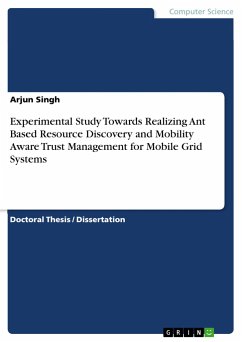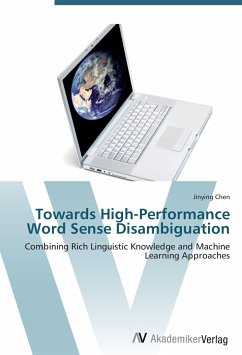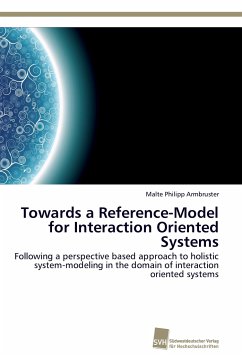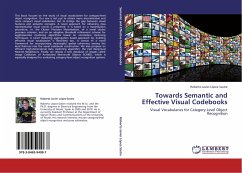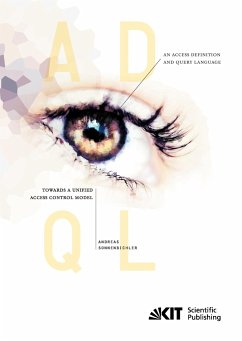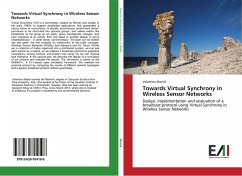
Towards Virtual Synchrony in Wireless Sensor Networks
Design, implementation and evaluation of a broadcast protocol using Virtual Synchrony in Wireless Sensor Networks
Versandkostenfrei!
Versandfertig in 6-10 Tagen
33,99 €
inkl. MwSt.

PAYBACK Punkte
17 °P sammeln!
Virtual Synchrony (VS) is a technology, created by Birman and Joseph in the early 1980's to support distributed applications that guarantees a strong notion of consistency. A virtually synchronous environment allows processes to be structured into process groups, and makes events like broadcasts to the group as an entity, group membership changes, and even migration of an activity from one place to another appear to occur instantaneously in other words, synchronously. The book can be divided into two parts: the first contains an introduction to the main concepts: Wireless Sensor Networks (WSN)...
Virtual Synchrony (VS) is a technology, created by Birman and Joseph in the early 1980's to support distributed applications that guarantees a strong notion of consistency. A virtually synchronous environment allows processes to be structured into process groups, and makes events like broadcasts to the group as an entity, group membership changes, and even migration of an activity from one place to another appear to occur instantaneously in other words, synchronously. The book can be divided into two parts: the first contains an introduction to the main concepts: Wireless Sensor Networks (WSN)s, fault tolerance and VS. Since, WSNs are a collection of nodes organized into a distributed system, we can see each sensor as a replica, so we propose a broadcast protocol to guarantee consistency among sensors and explain how using VS we can improve fault tolerance. In the second part, we describe the design of a simulation of our protocol and evaluate the results. The simulation is basedon the OMNeT++, a C++-based open simulation framework. We evaluate the proposal protocol by comparing the results of different network topologies and a generic broadcast protocol without guarantees.




